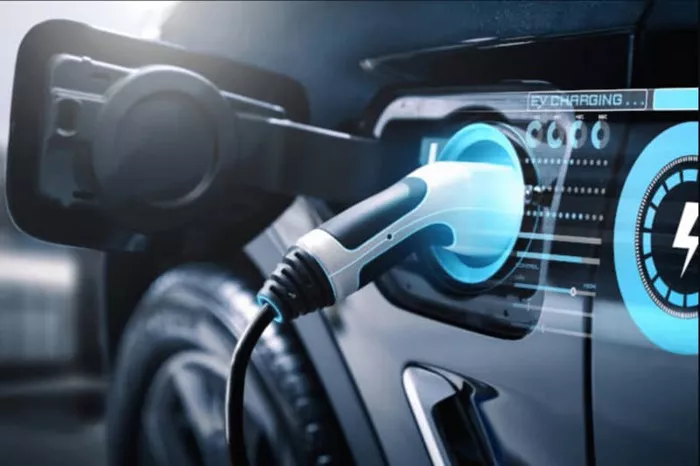Electric vehicles are about to get a big boost thanks to new advances in battery technology. These improvements come at a perfect time, as the demand for electric cars is growing faster than ever. The key change lies in how batteries store energy, which could allow cars to travel much farther on a single charge. This breakthrough may also change how renewable energy is used.
To understand why this matters, we need to look at how batteries work. Batteries store energy using two main parts: the anode and the cathode. The anode holds the energy when the battery is charging and releases it when powering things like electric vehicles.
Right now, most batteries use graphite for their anodes. Graphite is reliable but can only hold a limited amount of energy. Scientists have been searching for better options, such as silicon. Silicon can store much more energy than graphite. However, silicon expands when it charges, which can damage the battery and cause safety problems. Because of this, silicon has not been widely used, even though it offers clear benefits.
Related topics:
- Global Industrial Vacuum Cleaner Market Set to Nearly Double by 2032
- Oregon Village Board Discusses Proposal for EV Charging Stations
- FlexGen, Rosendin Partner on Utility-Scale Batteries for Data Centers

